
- Subject:
- Applied Science
- Biology
- Life Science
- Material Type:
- Module
- Author:
- Tina B. Jones
- Date Added:
- 08/16/2019

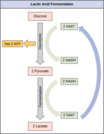
By the end of this section, you will be able to:Discuss the fundamental difference between anaerobic cellular respiration and fermentationDescribe the type of fermentation that readily occurs in animal cells and the conditions that initiate that fermentation
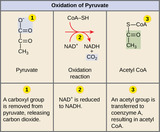
By the end of this section, you will be able to:Explain how a circular pathway, such as the citric acid cycle, fundamentally differs from a linear pathway, such as glycolysisDescribe how pyruvate, the product of glycolysis, is prepared for entry into the citric acid cycle
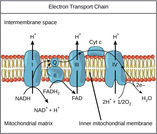
By the end of this section, you will be able to:Describe how electrons move through the electron transport chain and what happens to their energy levelsExplain how a proton (H+) gradient is established and maintained by the electron transport chain
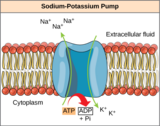
By the end of this section, you will be able to:Explain the role of ATP as the cellular energy currencyDescribe how energy is released through hydrolysis of ATP

By the end of this section, you will be able to:Explain what metabolic pathways are and describe the two major types of metabolic pathwaysDiscuss how chemical reactions play a role in energy transfer
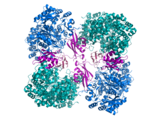
By the end of this section, you will be able to:Describe the role of enzymes in metabolic pathwaysExplain how enzymes function as molecular catalystsDiscuss enzyme regulation by various factors
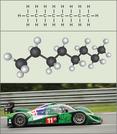
By the end of this section, you will be able to:Define “energy”Explain the difference between kinetic and potential energyDiscuss the concepts of free energy and activation energyDescribe endergonic and exergonic reactions
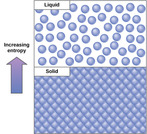
By the end of this section, you will be able to:Discuss the concept of entropyExplain the first and second laws of thermodynamics

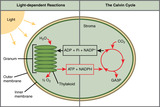
By the end of this section, you will be able to:Explain the relevance of photosynthesis to other living thingsDescribe the main structures involved in photosynthesisIdentify the substrates and products of photosynthesisSummarize the process of photosynthesis

By the end of this section, you will be able to:Explain how plants absorb energy from sunlightDescribe short and long wavelengths of lightDescribe how and where photosynthesis takes place within a plant

By the end of this section, you will be able to:Describe the Calvin cycleDefine carbon fixationExplain how photosynthesis works in the energy cycle of all living organisms

By the end of this section, you will be able to:Discuss the role of carbohydrates in cells and in the extracellular materials of animals and plantsExplain the classifications of carbohydratesList common monosaccharides, disaccharides, and polysaccharides

By the end of this section, you will be able to:Describe the four major types of lipidsExplain the role of fats in storing energyDifferentiate between saturated and unsaturated fatty acidsDescribe phospholipids and their role in cellsDefine the basic structure of a steroid and some functions of steroidsExplain the how cholesterol helps to maintain the fluid nature of the plasma membrane

By the end of this section, you will be able to:Understand the synthesis of macromoleculesExplain dehydration (or condensation) and hydrolysis reactions

By the end of this section, you will be able to:Define matter and elementsDescribe the interrelationship between protons, neutrons, and electronsCompare the ways in which electrons can be donated or shared between atomsExplain the ways in which naturally occurring elements combine to create molecules, cells, tissues, organ systems, and organisms

By the end of this section, you will be able to:Explain why carbon is important for lifeDescribe the role of functional groups in biological molecules

By the end of this section, you will be able to:Describe the properties of water that are critical to maintaining lifeExplain why water is an excellent solventProvide examples of water’s cohesive and adhesive propertiesDiscuss the role of acids, bases, and buffers in homeostasis
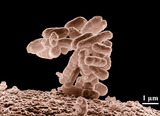
By the end of this section, you will be able to:Identify the shared characteristics of the natural sciencesSummarize the steps of the scientific methodCompare inductive reasoning with deductive reasoningDescribe the goals of basic science and applied science